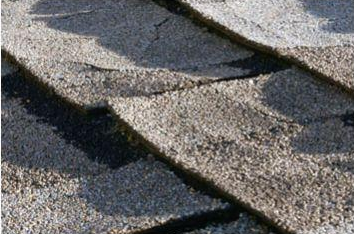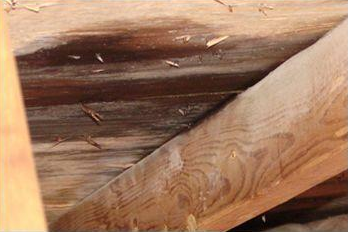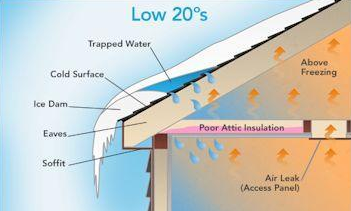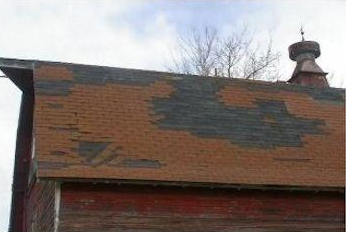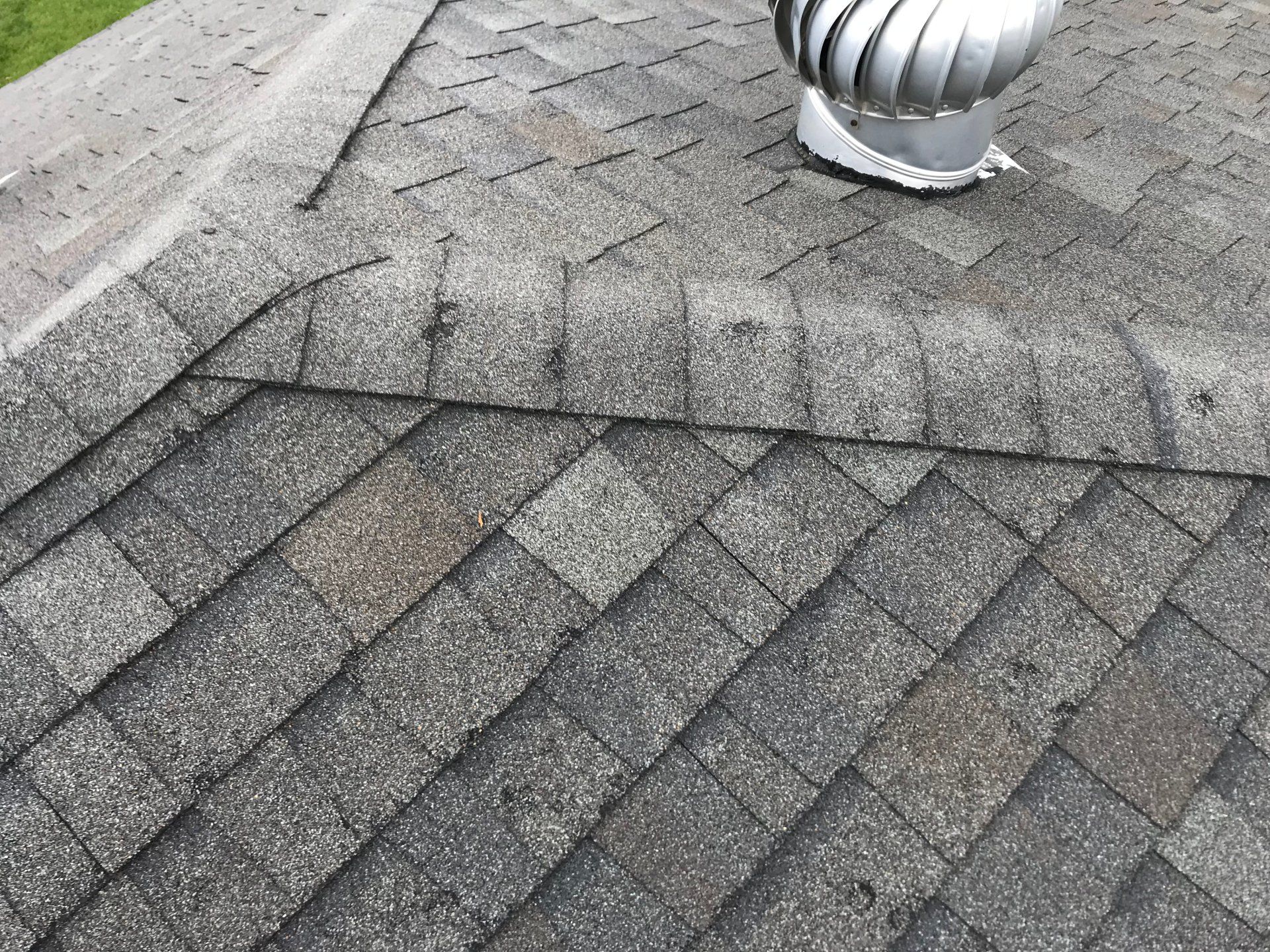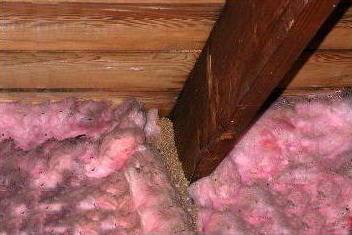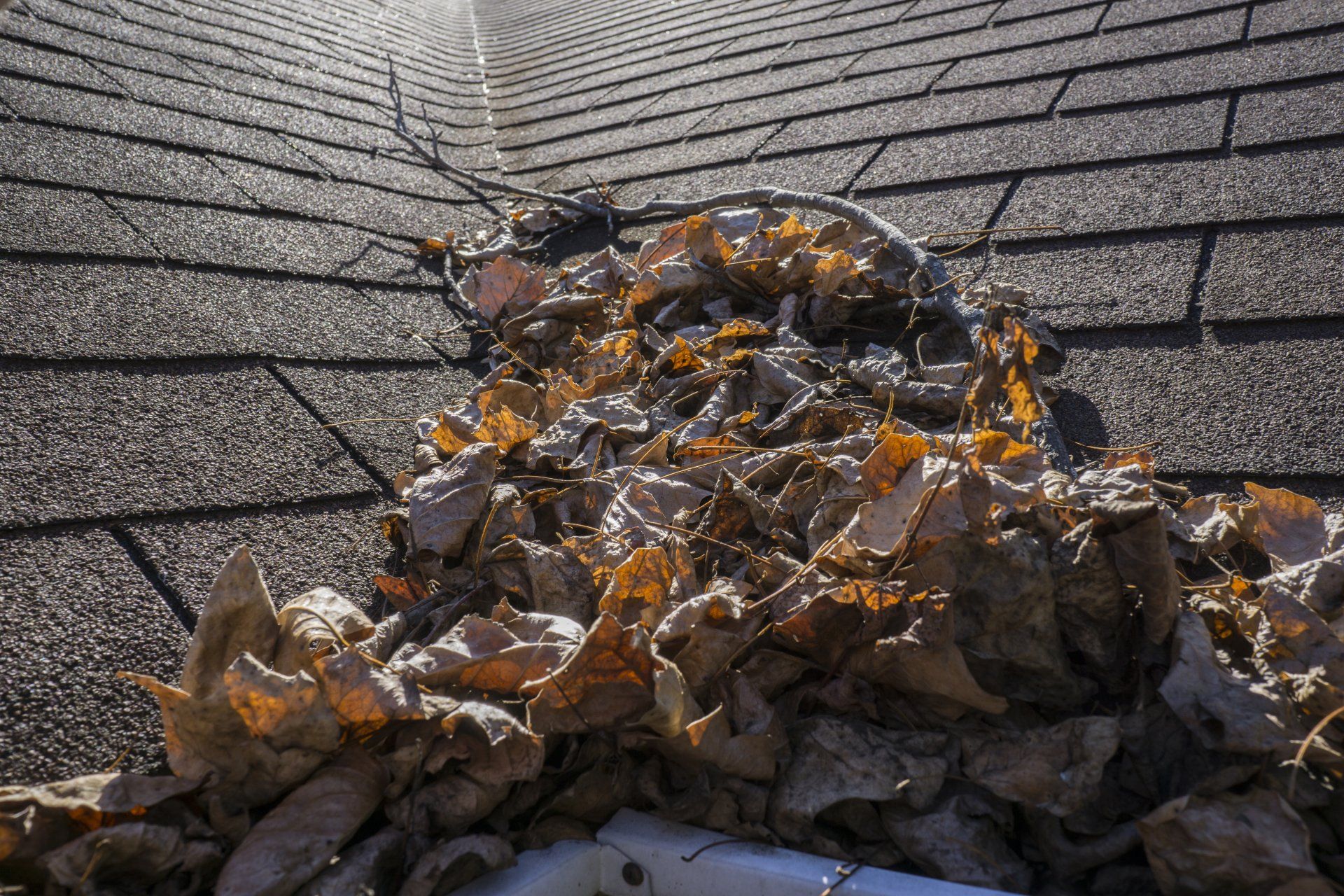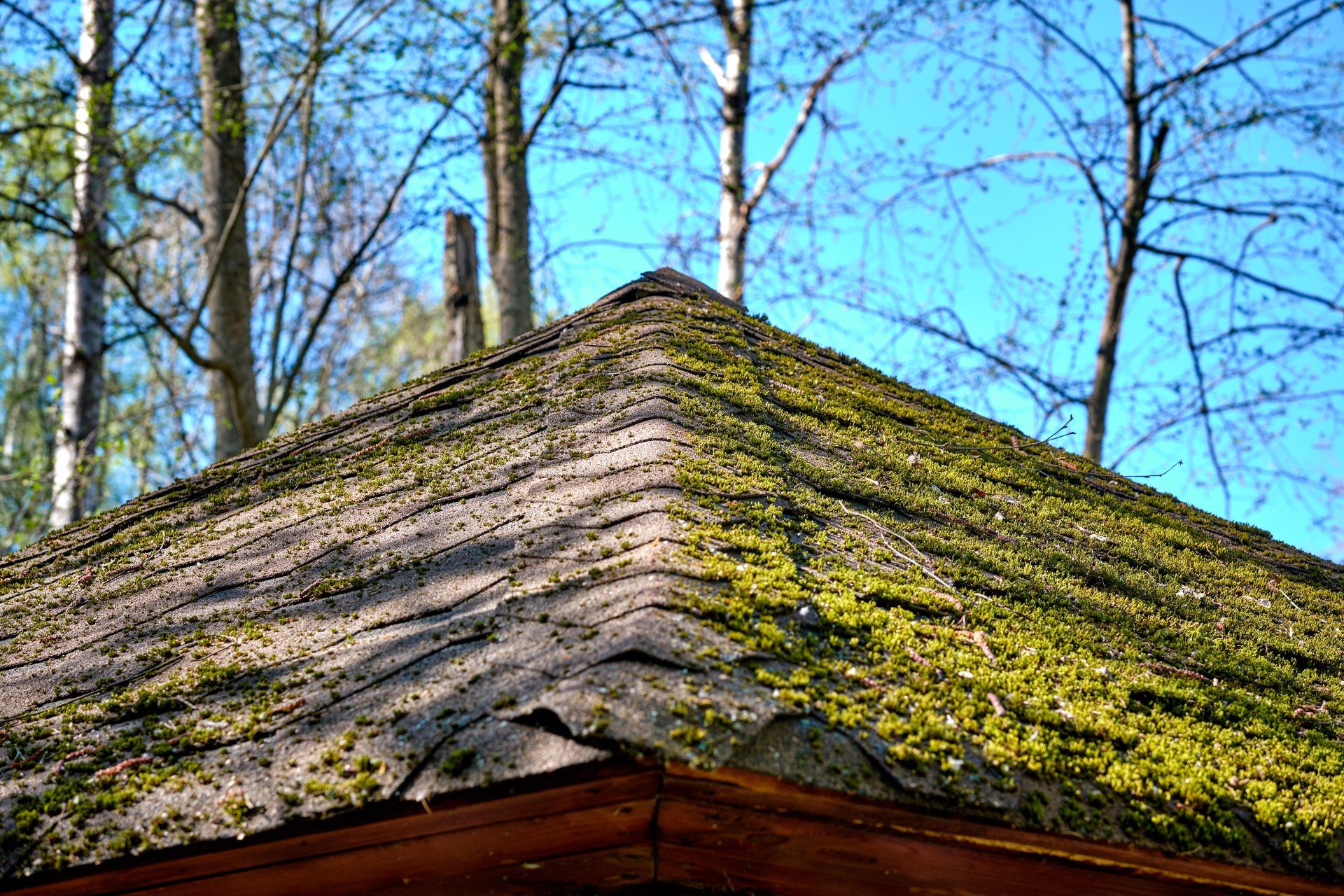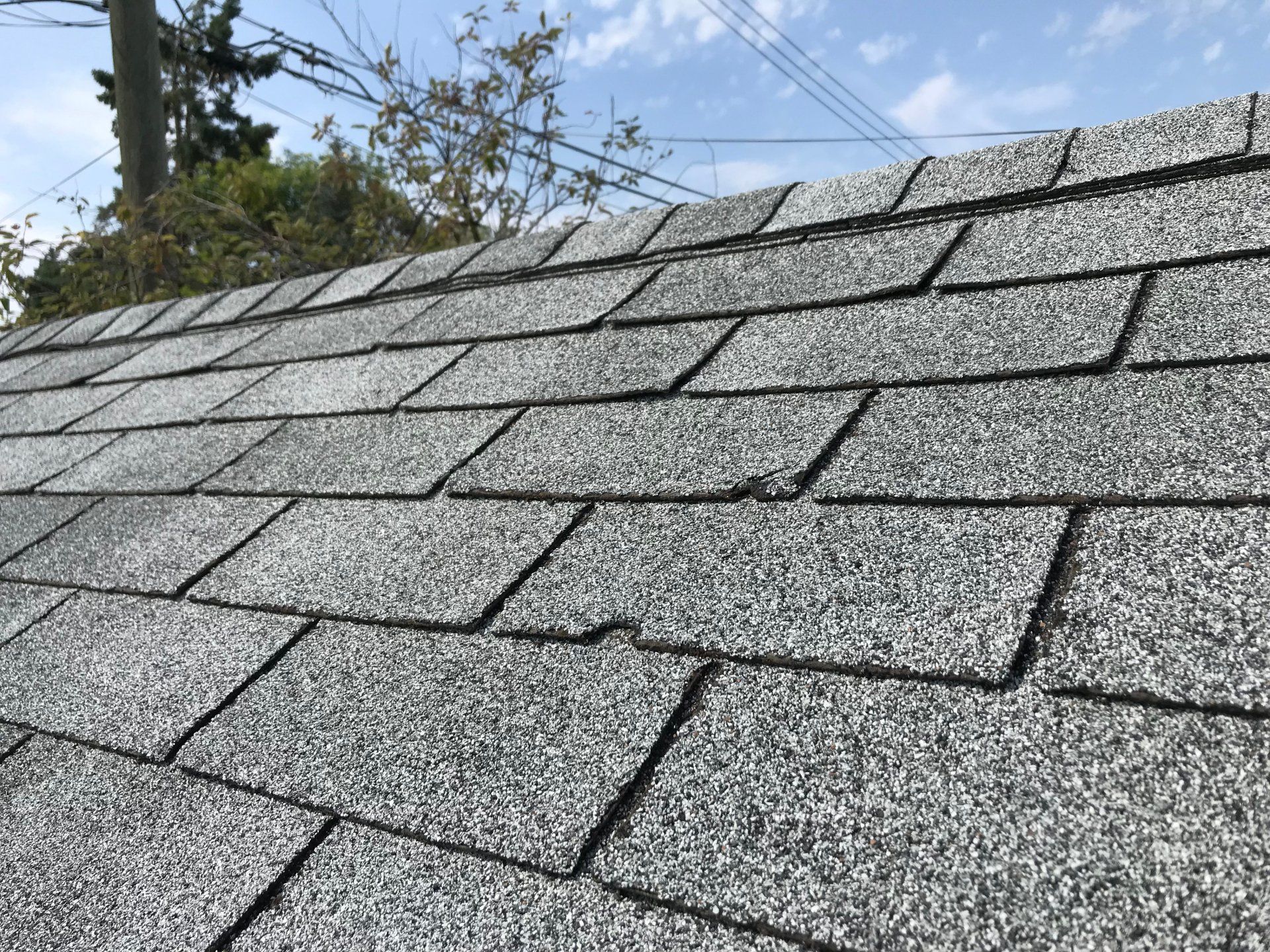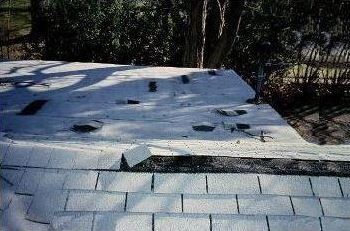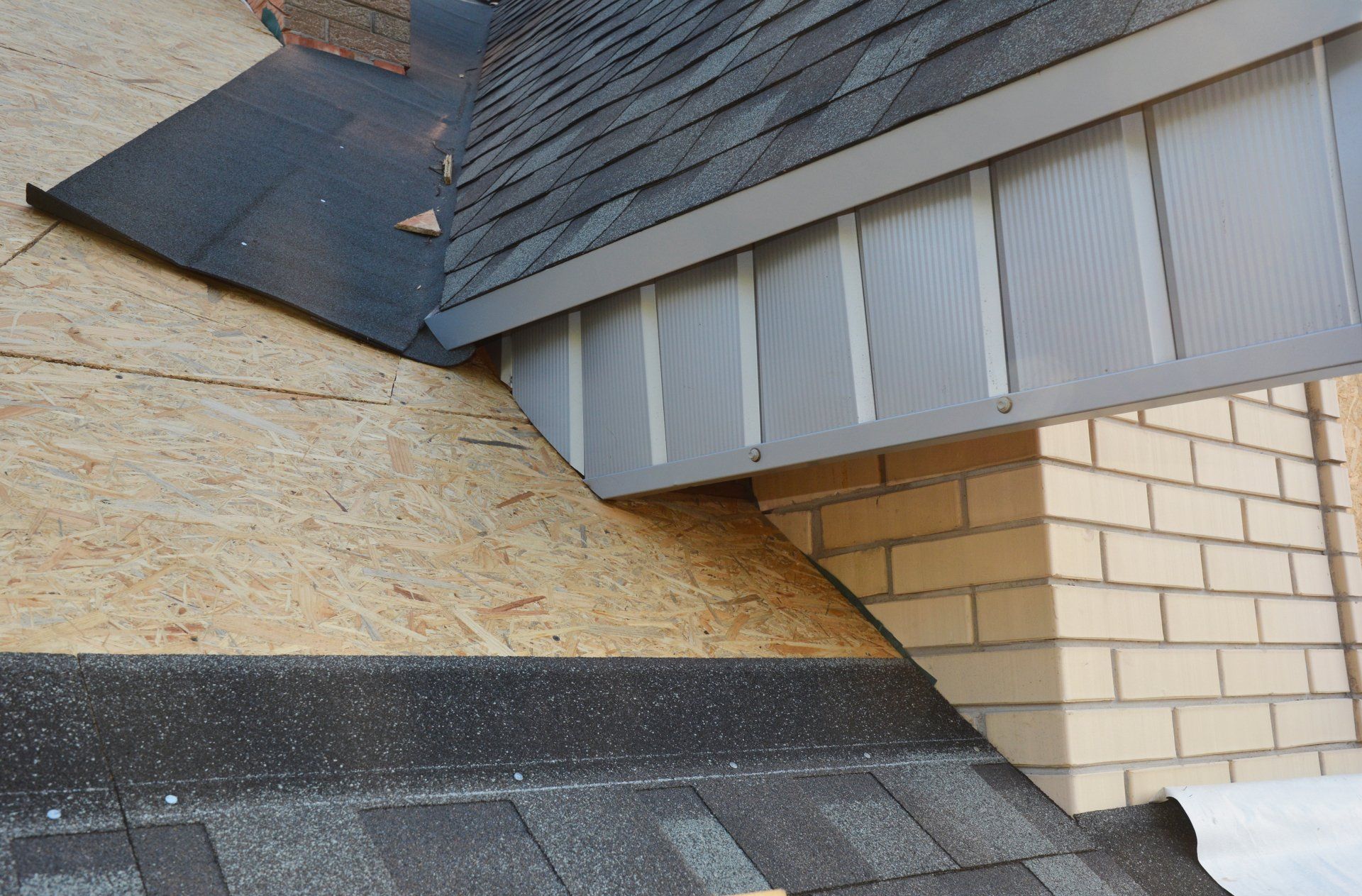COMMON ROOFING PROBLEMS
IN THE BUFFALO, NY AREA
Roof systems are designed to provide years of outstanding service. However, there are a number of factors that can significantly shorten the life of any roofing system. When installing a new roofing system, it’s important to know, and possibly avoid factors that shorten the life. Knowing about the following will help you make informed roof system buying decisions.
Heat
Heat and ultraviolet rays cause roofing materials and accessories to deteriorate over time. Deterioration can occur faster on the slopes facing west or south.
Possible Solutions:
- Increased roof ventilation. Buffalo Roofing always installs the most efficient ventilation, ridge venting. We’ll also evaluate your soffit vents and advise when more soffit vents will help your roof life.
- Modern shingles take heat better than shingle formulations from just a few years ago.
- Upgrade to an architectural shingle.
Rain/Water
When your roof is compromised, water gets underneath shingles, shakes or other roofing materials, it can work its way to the roof deck and cause the roof structure to rot. Extra moisture encourages mildew and rot elsewhere in a house, including walls, ceilings, insulation and electrical systems.
Solution:
If you see moisture in the attic, or on the underside of the deck, it’s always wise to repair/replace before moisture causes more damage.
Snow/Ice
Each day, snow melts at the bottom of the snow layer due to heat from the home. This snow often refreezes at a roof’s overhang where the surface is cooler, forming an ice dam. This blocks proper drainage into the gutter. Water backs up under the shingles (or other roofing materials) and seeps into the interior. During the early melt stages, gutters and downspouts can be the first to fill with ice and be damaged beyond repair or even detach from the structure. At later stages, water can leak into the home, causing severe interior damage.
Solution
Local building code calls for six feet of ice and water shield up from all eaves. Ice and water shield forms an impermeable layer underneath the shingles that is self-sealing and leak proof. In extreme situations, heat tape can be used in gutters. Note Ice and water shield is only used when heated areas are covered. Typically garages and open porches do not require it.
Wind
High winds can lift shingles’ edges (or other roofing materials) and force water and debris underneath them. Extremely high winds can cause extensive damage. Wind also causes unseen damage in the form of shingle seal failure. Usually this type of damage is covered under your building’s insurance policy.
Solution
Because wind causes unseen damage, it’s best to replace at least the affected slope. Even though you may be missing only 56 shingles, others will become missing as time goes on. Wind causes the seal between shingles to become compromised. These shingles are now loose and flap in the wind. As they flap, the shingle forms stress cracks and will come apart in time. Buffalo Roofing installs your new roof to withstand 130 mph winds.
Hail
Hail varies in shape, size, and hardness. Roofs that have sustained hail damage usually will show signs of bruises and punctures. These abnormalities promote granular loss and mat defects that expose the roof system to nature’s elements. Hail damaged roofs will begin leaking, often after a couple of months.
Solution
Hail damaged roofs must be replaced. Fortunately, almost all insurances cover hail damage. Buffalo Roofing has insurance specialists ready to help with your claim and work through the process with you to ensure a top quality roof replacement with minimum hassle
Condensation
Condensation can result from the buildup of relatively warm, moisture-laden air. Moisture in a poorly ventilated attic promotes decay of wood sheathing and rafters, possibly destroying a roof structure.
Solution
Increased attic ventilation can be achieved by installing larger or additional vents and will help alleviate problems. If bathroom vents are vented into the attic, these must be redirected outside. Buffalo Roofing will evaluate your attic ventilation and make specific recommendations for your home.
Trees and Leaves
Tree branches touching a roof will scratch and gouge roofing materials when the branches are blown by the wind. Falling branches from overhanging trees can damage, or even puncture, shingles and other roofing materials. Leaves on a roof system’s surface retain moisture and cause rot, and leaves in the gutters block drainage.
Solution
Trim trees before they become a hazard. Keep debris cleaned off the roof regularly.
Moss and Algae
Moss can grow on moist wood shingles, shakes and even asphalt shingles. Once it grows, moss holds even more moisture to a roof system’s surface, causing rot. In addition, moss roots also can work their way into a wood deck and structure. Algae also grows in damp, shaded areas on wood or asphalt shingle roof systems. Besides creating a black/green stain, algae can retain moisture, causing rot and deterioration.
Solution
Trees and bushes should be trimmed away from homes and buildings to eliminate damp, shaded areas, and gutters should be kept clean to ensure good drainage.
Shingle Deterioration
When shingles are old and worn out, they curl, split, shrink, flake and lose their waterproofing effectiveness. Weakened shingles easily are blown off, torn, and lifted by wind gusts. The end result is structural rot and interior damage. A deteriorated roof system only gets worse with time.
Solution
Your roof should be replaced as soon as possible.
Missing or Torn Shingles
The key to a roof system’s effectiveness is complete protection. When shingles are missing or torn off, a roof structure and home or building interior are vulnerable to water damage and rot. The problem is likely to spread nearby shingles also are ripped easily or blown away.
Solution
Missing or torn shingles should be replaced as soon as possible. There may well be additional, unseen damage. Have the roof inspected by a roofing professional to avoid repeated leaks.
Flashings
Many apparent roof leaks really are flashing leaks. Without good, tight flashings around chimneys, vents, skylights and wall/roof junctions, water can enter a home or building and cause damage to walls, ceilings, insulation and electrical systems. Flashings should be checked as part of a biannual roof inspection and gutter cleaning.
Solution
A good roofing professional can usually replace flashings as needed. If shingles are old and brittle, replacement can be problematic.
Ready to Get Started?
If you're ready to get started on your roofing project give us a call or fill out our online form and our team of experts will get back to you as soon as we can. We look forward to hearing from you soon!
Business Hours
- Mon - Sun
- Open 24 Hours
